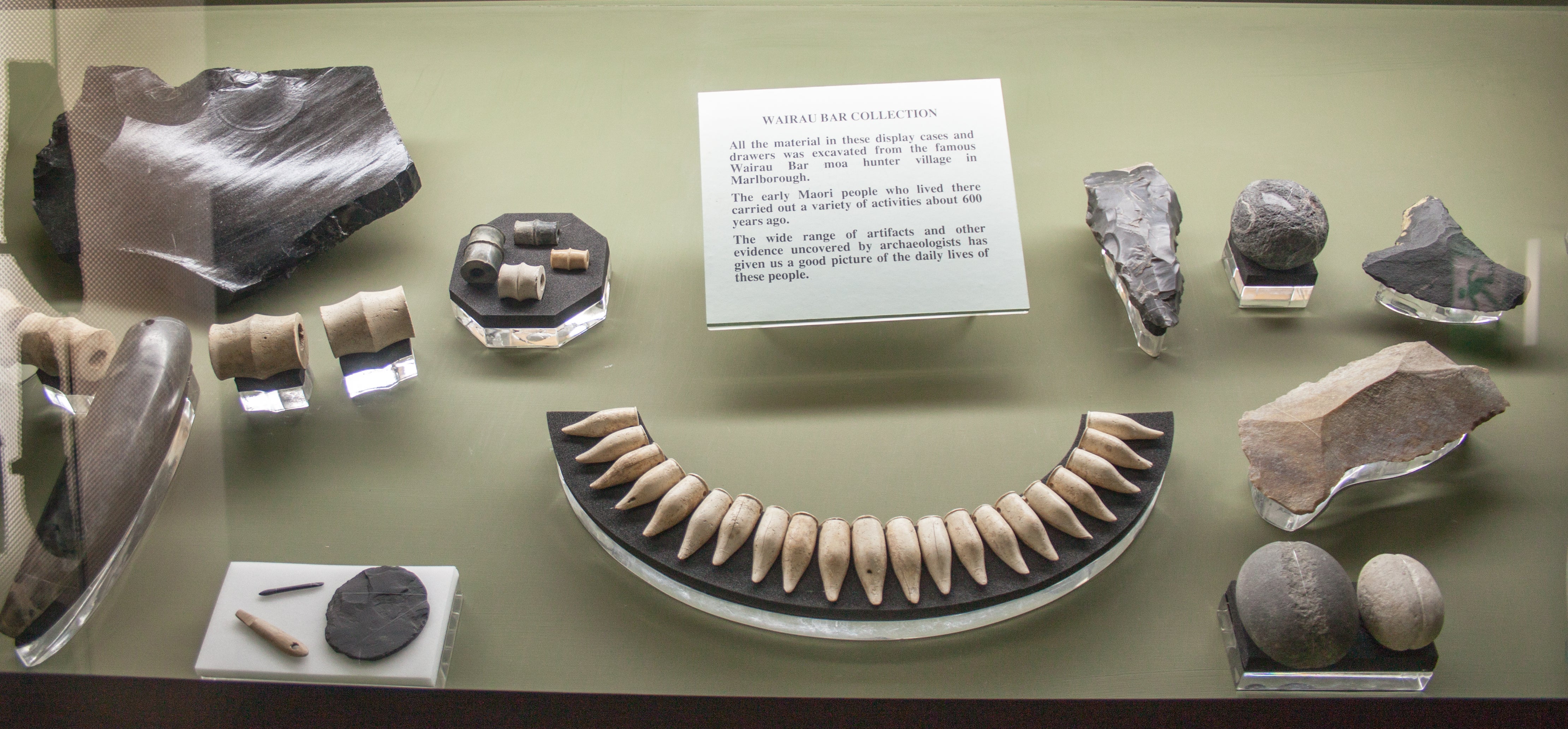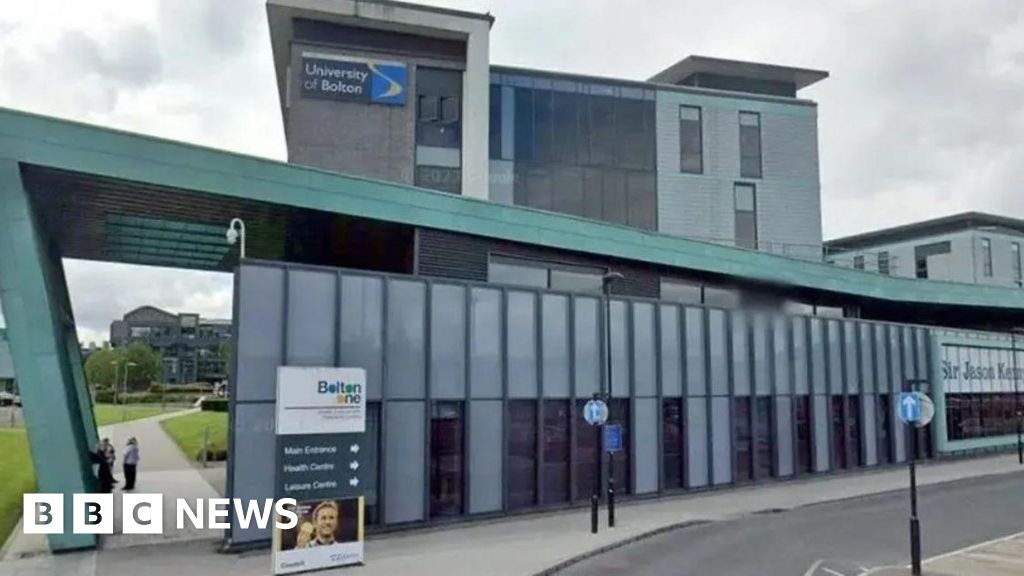One of Aotearoa New Zealand’s oldest settlement sites is at risk of being washed away by rising seas, according to new research.
Te Pokohiwi o Kupe (Wairau Bar) near Blenheim is a nationally significant archaeological site. It dates back to the first arrival of people and holds the remains of first-generation Polynesian settlers as well as many cultural artefacts.
The site is significant for the local iwi, Rangitāne o Wairau, because of its history of colonial exploitation and the eventual repatriation of koiwi tangata (ancestral remains) in 2009, which marks an important moment in the modern history of Rangitāne.
Coastal flooding is already a hazard at Te Pokohiwi o Kupe, but this increases dramatically as sea level rises. The study, led by Te Rūnanga a Rangitāne o Wairau in partnership with researchers at Earth Sciences NZ, shows about 20% of the site could be inundated during a 100-year storm event under current sea levels.
But with 50 centimetres of climate-driven sea-level rise, which could occur as soon as the 2050s under high-emissions scenarios, more than half of the site could flood in the same event. If sea levels rise to a metre, which could be reached during the early 2100s, three-quarters of the site will be inundated and subject to significant erosion.
From grave robbers to collaborators
During the first part of the 20th century, the site was raided by fossickers searching for curios. In 1939, they uncovered an urupa (cemetery) and disinterred the remains of one of the earliest ancestors, along with their sperm whale tooth necklace and moa egg.
Further “discoveries” drew Roger Duff, then an ethnologist at the Canterbury Museum, to the site in 1942. He led several excavations until the summer of 1963-64.
The Rangitāne community protested the excavations. Tribal elder Hohua Peter MacDonald was particularly vocal, but the tribe was unable to prevent the digs and the removal of ancestors and their burial goods.

In 2003, Rangitāne presented their Treaty of Waitangi claims before the Waitangi Tribunal. The tribunal agreed the Crown had breached the treaty in its dealings with the tribe and subsequent negotiations saw land at Te Pokohiwi returned to Rangitāne. These land parcels were close to where ancestors had been taken and the remains were eventually returned in 2009.
Prior to the repatriation, the University of Otago, Canterbury Museum and Rangitāne agreed that research, including genetic sequencing of the koiwi tangata and an archaeological survey of the site, would take place before the reburial. Due to their past experiences, Rangitāne had little trust in the scholastic community. But in a first of its kind, a memorandum of understanding was signed between the parties.
Maintaining connections
Our study used high-resolution, local-scale analysis of sea-level rise and coastal change to assess the risk to archaeological taonga (treasures) and wāhi tapu (sacred sites) at Te Pokohiwi o Kupe.
By combining the knowledge of Rangitāne hapū (sub-tribal groups) about the site’s boundaries and locations of ancestral or archaeological taonga with LiDAR-derived topographic data, the research team mapped its exposure to present-day and future coastal inundation from spring tides and storm-wave events.
Sea-level scenarios were consistent with the latest projections by the Intergovernmental Panel on Climate Change and national guidelines to estimate the likely timing of future inundation.
Results suggest climate-driven shoreline changes and permanent inundation will increasingly threaten this culturally and archaeologically significant site.
While this research focused on relative and extreme sea-level inundation risks, earlier palaeo-tsunami studies show the area is also known to be exposed to tsunami hazards.
Ongoing research supported by a Natural Hazards Commission grant seeks to expand on our findings by integrating multiple inundation types with iwi-led experiences of impacts and mitigation. The goal is to develop new inclusive approaches for quantifying the effects of compounding inundation hazards.
The integrated place-based approach underpinning this research supports dialogue about adaptation and rescue options for protecting sacred sites threatened by climate change through a combination of locally led and nationally supported interventions.
For Rangitāne, Te Pokohiwi o Kupe is a place where relationships are maintained, responsibilities upheld and identity reaffirmed. While its archaeological value is widely recognised, its deeper significance lies in the enduring connection Rangitāne maintain with the whenua (land) and with the stories, knowledge and obligations it carries.
Over time, the nature of that relationship has evolved. What was once marked by protest and exclusion has shifted into a place of active management and leadership, in part supported through the return of the land as part of the iwi’s treaty settlement.
Now, with growing threats posed by sea-level rise and coastal erosion, that connection faces a different kind of challenge. The concern is not only for what may be physically lost, but for what it might mean to lose the ability to stand in that place, to gather there and to sustain the relationship that has grounded generations of Rangitāne people in Wairau.
The focus is not only on preserving what remains, but on ensuring the connection to Te Pokohiwi continues, even as the landscape changes. More than protecting a site, this is about protecting the ability of Rangitāne to remain in meaningful relationship with Te Pokohiwi o Kupe, its stories and its significance.
Peter N. Meihana is a Senior Lecturer in History, Te Kunenga ki Pūrehuroa, Massey University.
Corey Hebberd, Kaiwhakahaere Matua, Te Rūnanga a Rangitāne o Wairau Trust, Indigenous Knowledge.
Shaun Paul Williams is a Group Manager for Environmental Hazards, Earth Sciences, New Zealand.
This article is republished from The Conversation under a Creative Commons license. Read the original article.


.avif?trim=0,0,0,0&width=1200&height=800&crop=1200:800)

